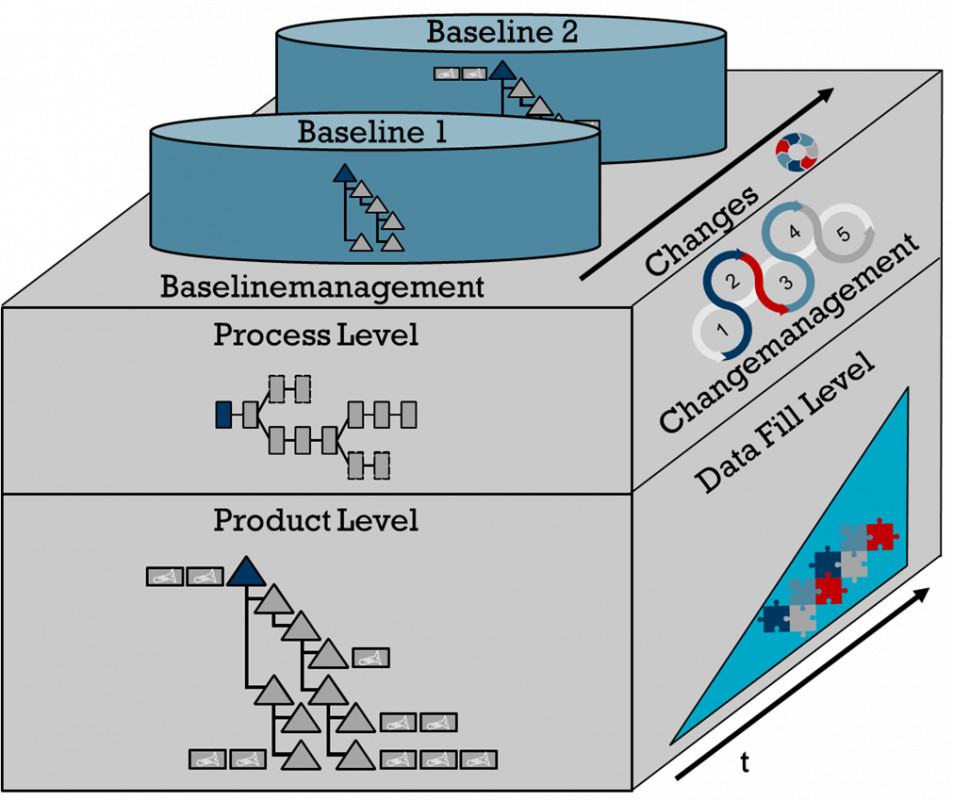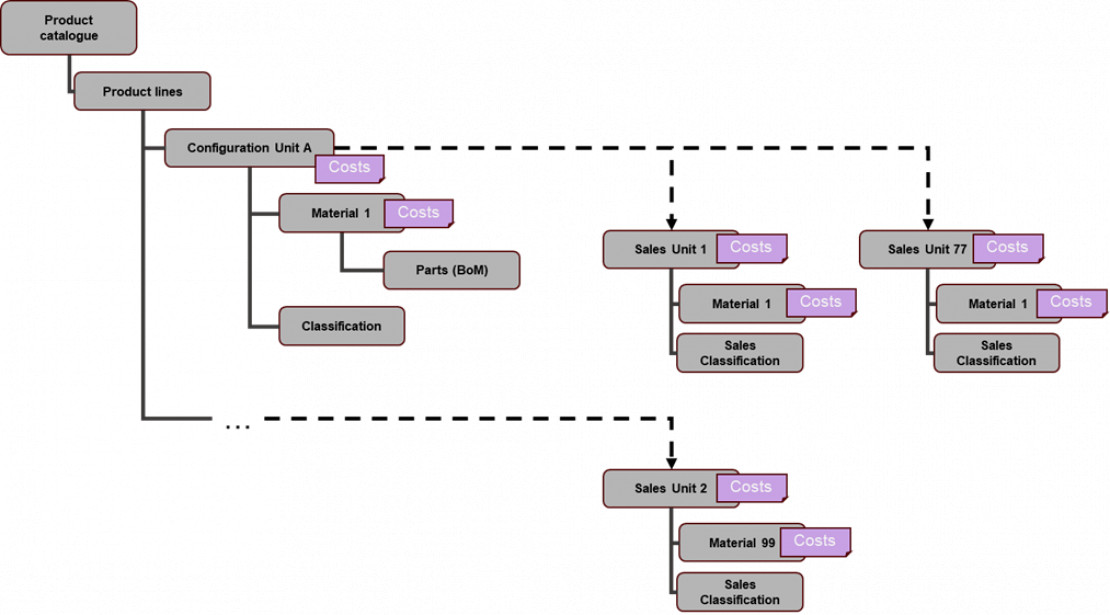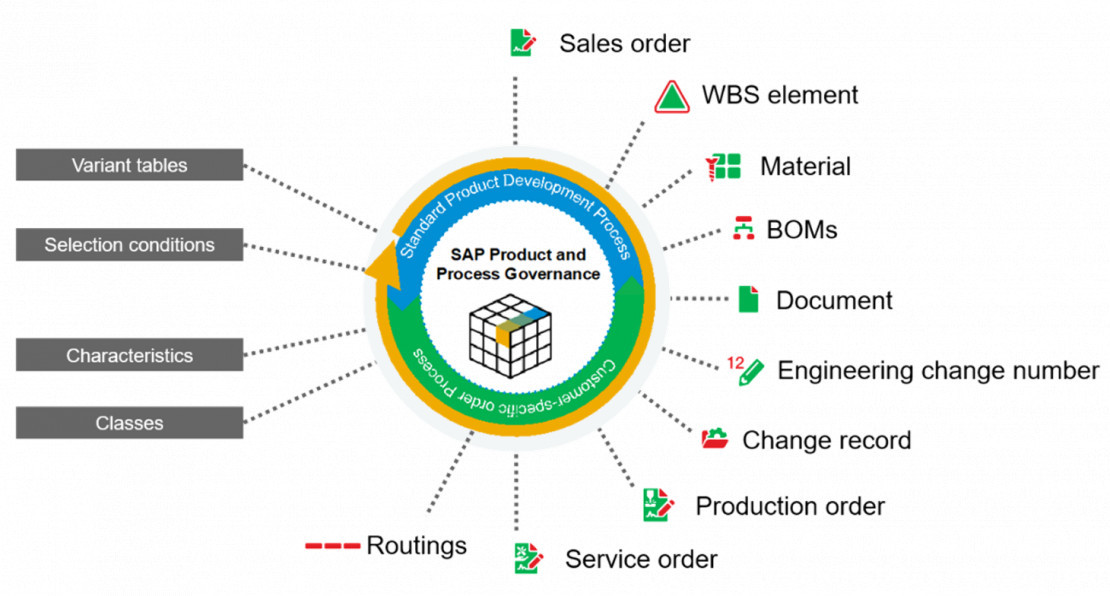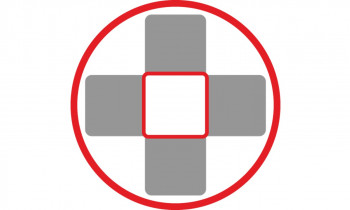05.02.2025
From the configuration unit to the sales unit
In my previous articles, I discussed the benefits of configuration management for manufacturing companies in the transition from ETO to CTO (+) as well as for machine and plant operators and the configuration unit in general. The focus was primarily on production and maintenance, but can the configuration unit also be used further - in the sense of a holistic use of information - in sales?
What is a configuration unit? A brief overview:
The configuration unit (also called configuration element or artifact) is the central entity in configuration management. It forms the linking point for a number of interrelated work results. It is also the starting point for the product creation and product maintenance process of relevant processes. It is subject to integrated change and baseline management.

How do we get from configuration units to sales units?
A sales unit can be created from a configuration unit so that the product can be sold directly or offered as a spare part. From a sales perspective, however, there are requirements to split this configuration unit in order to be able to map different strategies. For example, a product should be advertised differently in different markets or offered at different prices. Different customers (e.g. in markets with a small number of major customers) or customer groups (e.g. A,B,C categories) may also make such mapping necessary. The duplication of material masters to map this variance between the technical/design view (configuration unit) and the sales view (sales unit) does not make sense, as it also multiplies the maintenance effort of the master data accordingly and at the same time the direct connection between the technical/design view and the sales view is lost. In addition, different costs for the product cannot be consistently mapped via the material master, as moving average prices, for example, are not expedient. An abstraction level, logically above the material, is therefore necessary. The sales unit is this abstraction level and bundles material master, metadata and cost information.

This level of abstraction makes it possible to create several sales units for one and the same material master and to maintain different information about them. The configuration unit can serve as a template for the sales unit and the information on the sales unit can be changed. However, the relationship between the configuration unit and the sales unit is not lost in order to continue to enable holistic use with regard to changes (usually in the context of FFF) and impact analyses. As the sales unit is conceptually similar to a configuration unit, the same functions (baselines, product mapping level, etc.), processes (change processes, release processes, etc.) and linking options (to the SD order, to the purchase order, to the change number, etc.) can also be available on it.

The advantages of an abstraction level sales unit in conjunction with an upstream configuration unit are therefore obvious:
Consistent process transparency
Consistent change processes
Consistent impact analyses
Flexible mapping of sales strategies
Bundled mapping of all relevant information in a central information source (single source of truth)
Individual process and function set for the sales unit
Maximilian Böttge - Profit Center Manager PLM at BDF EXPERTS






